Day 21 (May 3, 2017)
Taketa, Ōita → Kamitsutsumi, Ōita

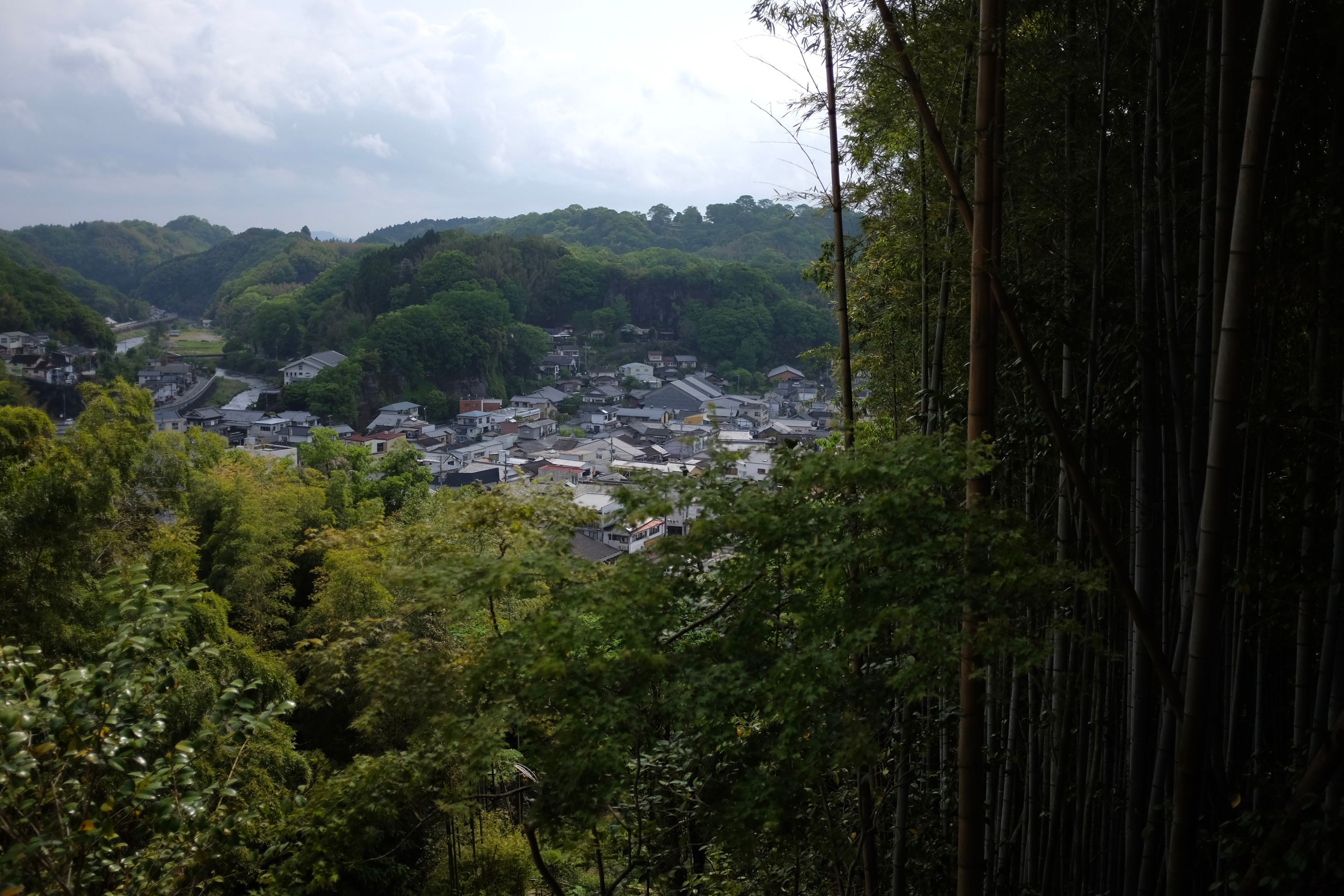

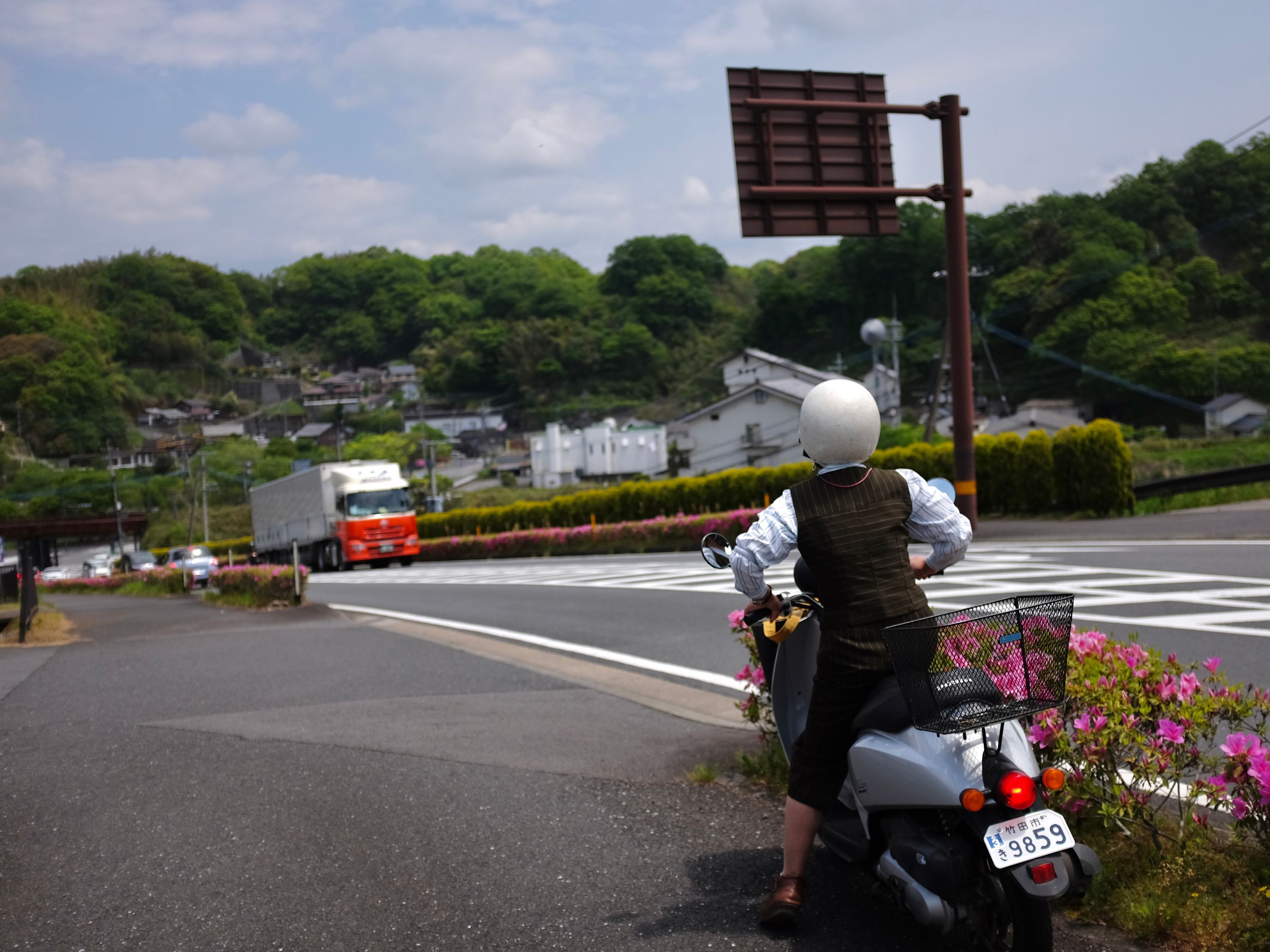
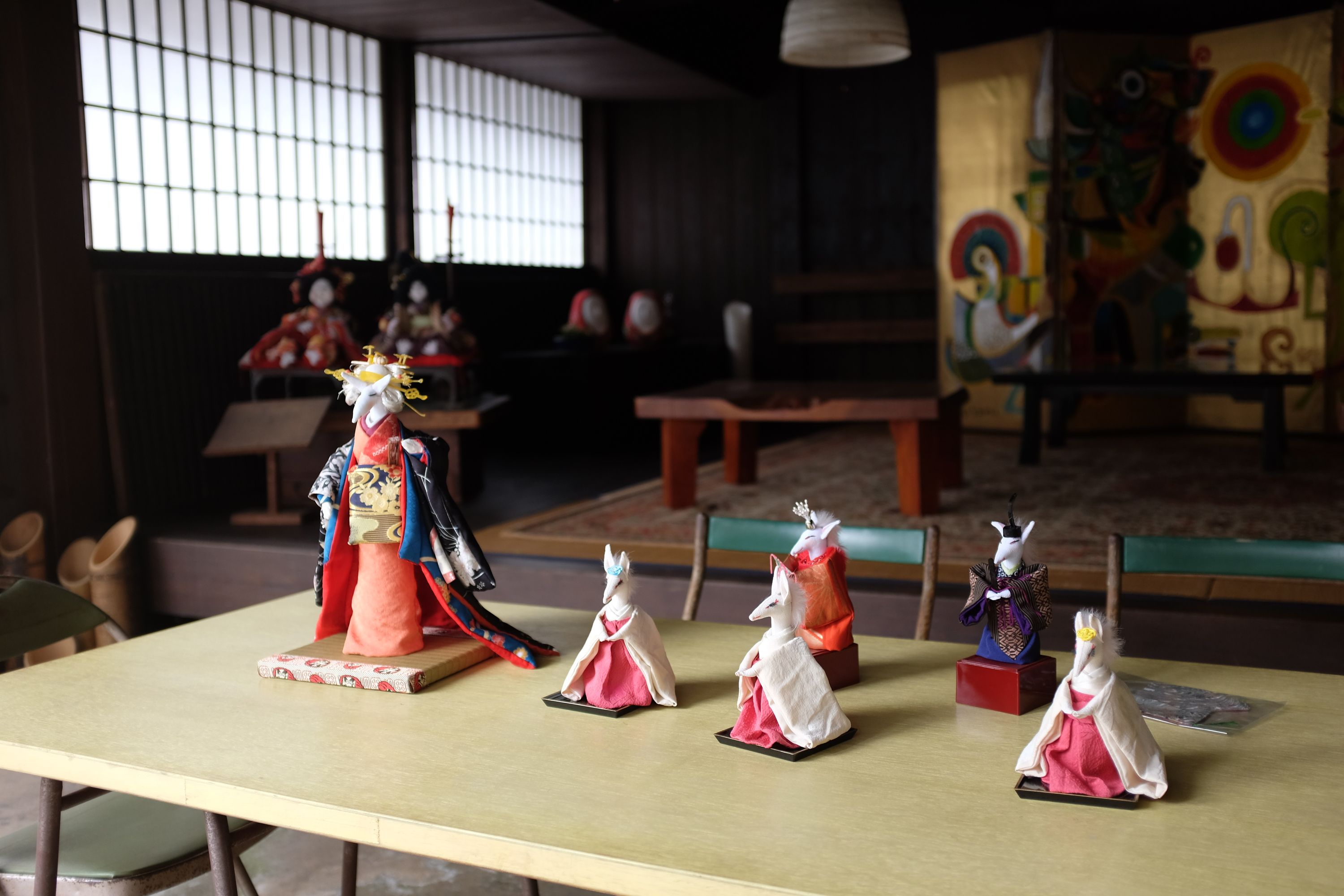

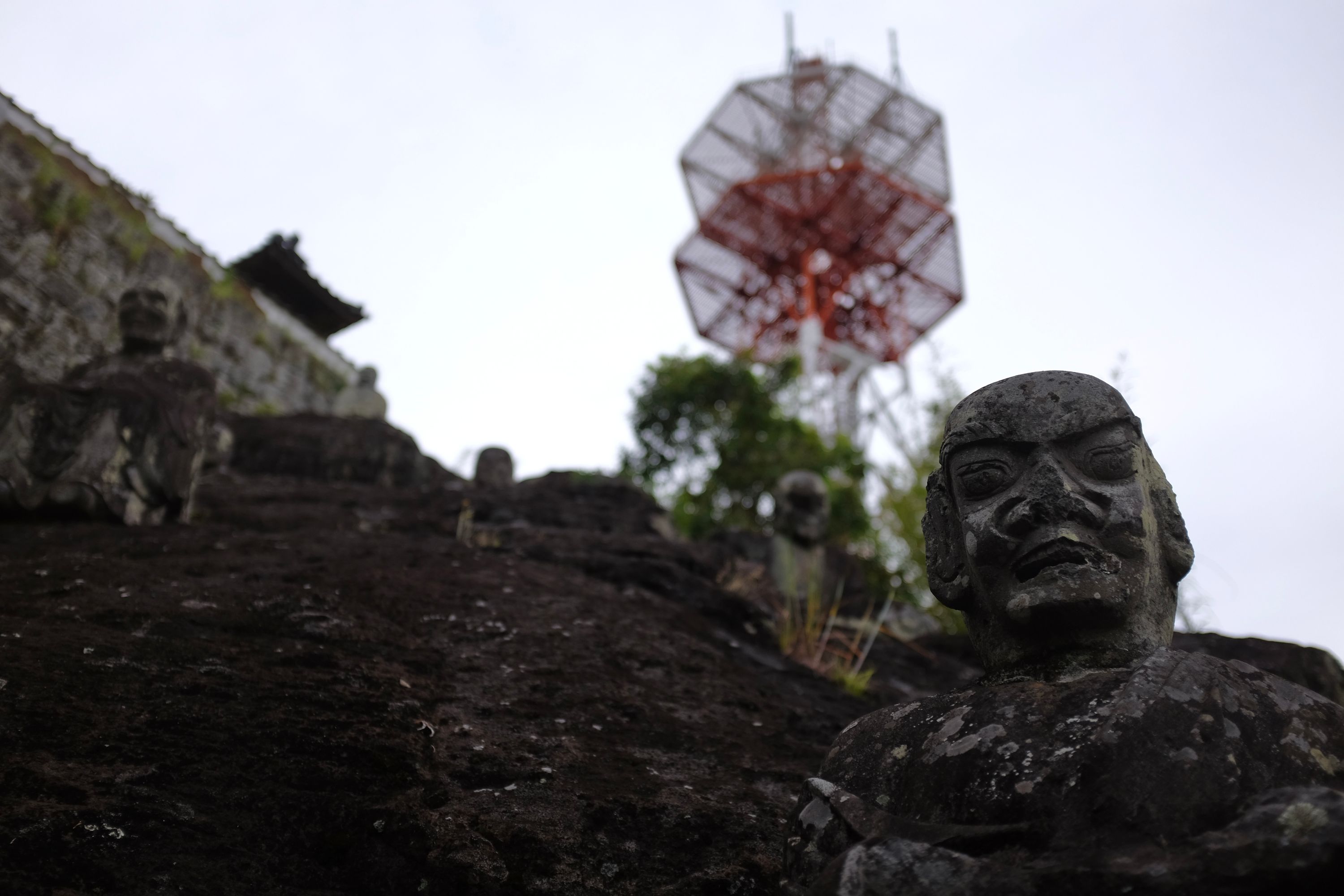
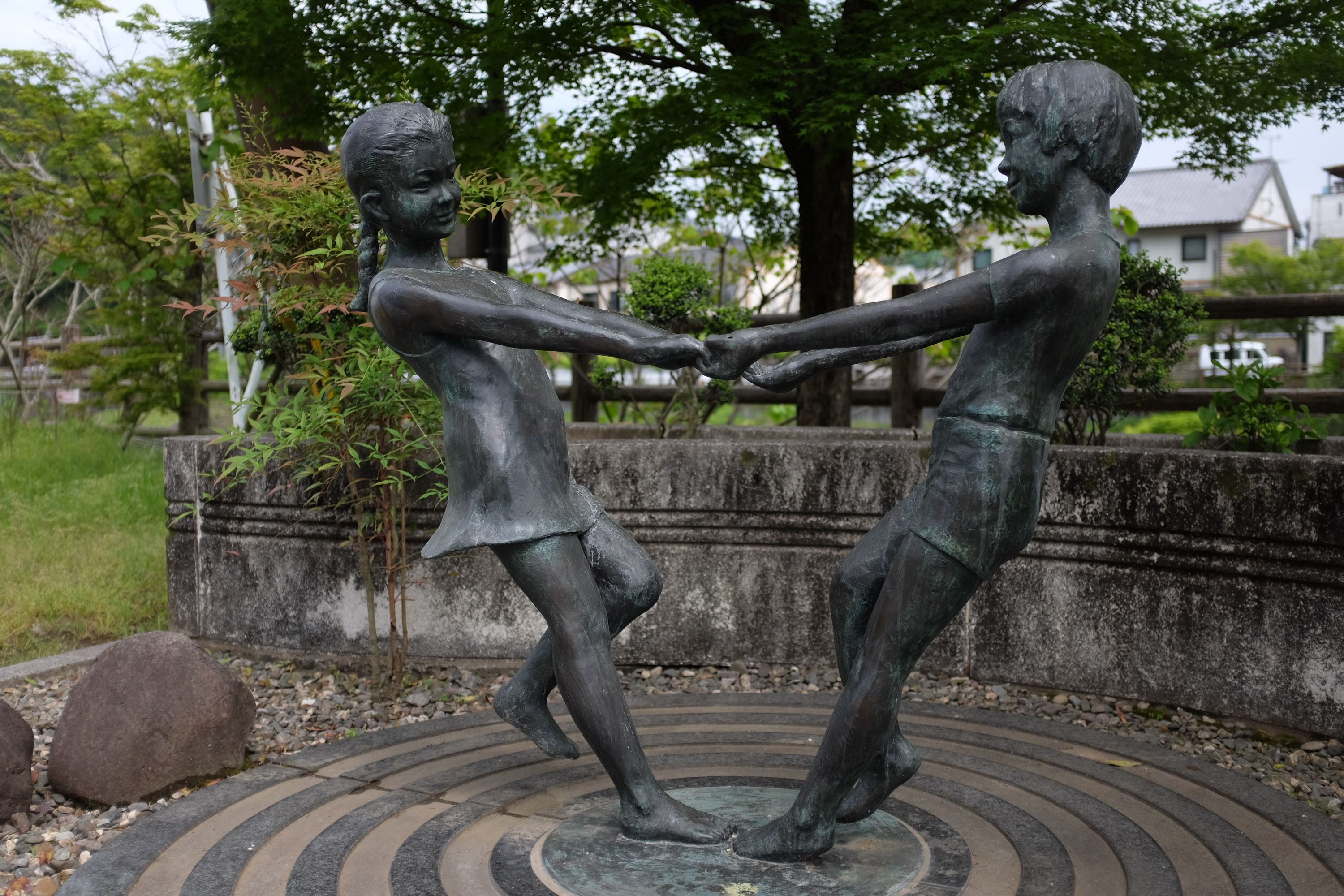
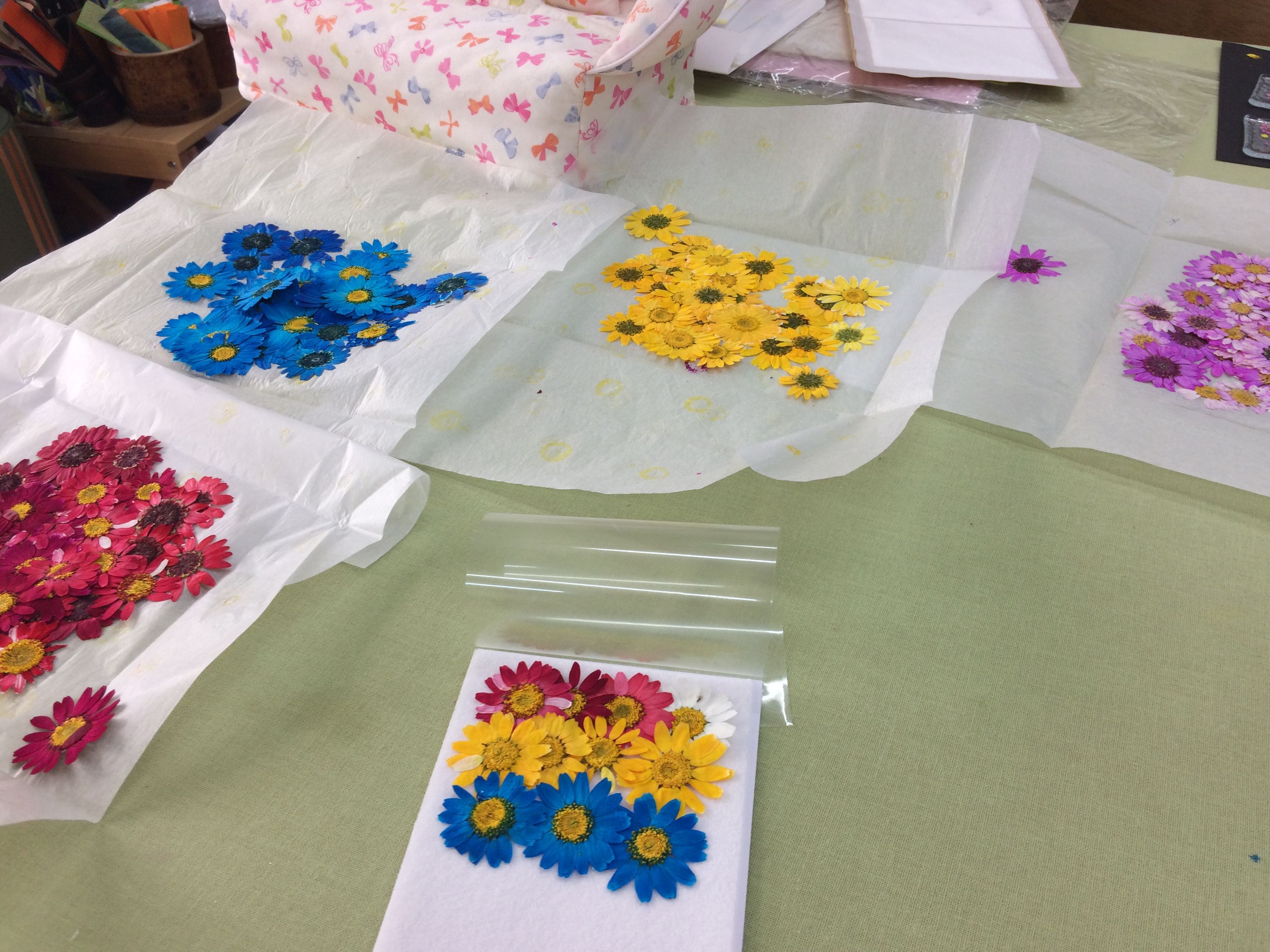
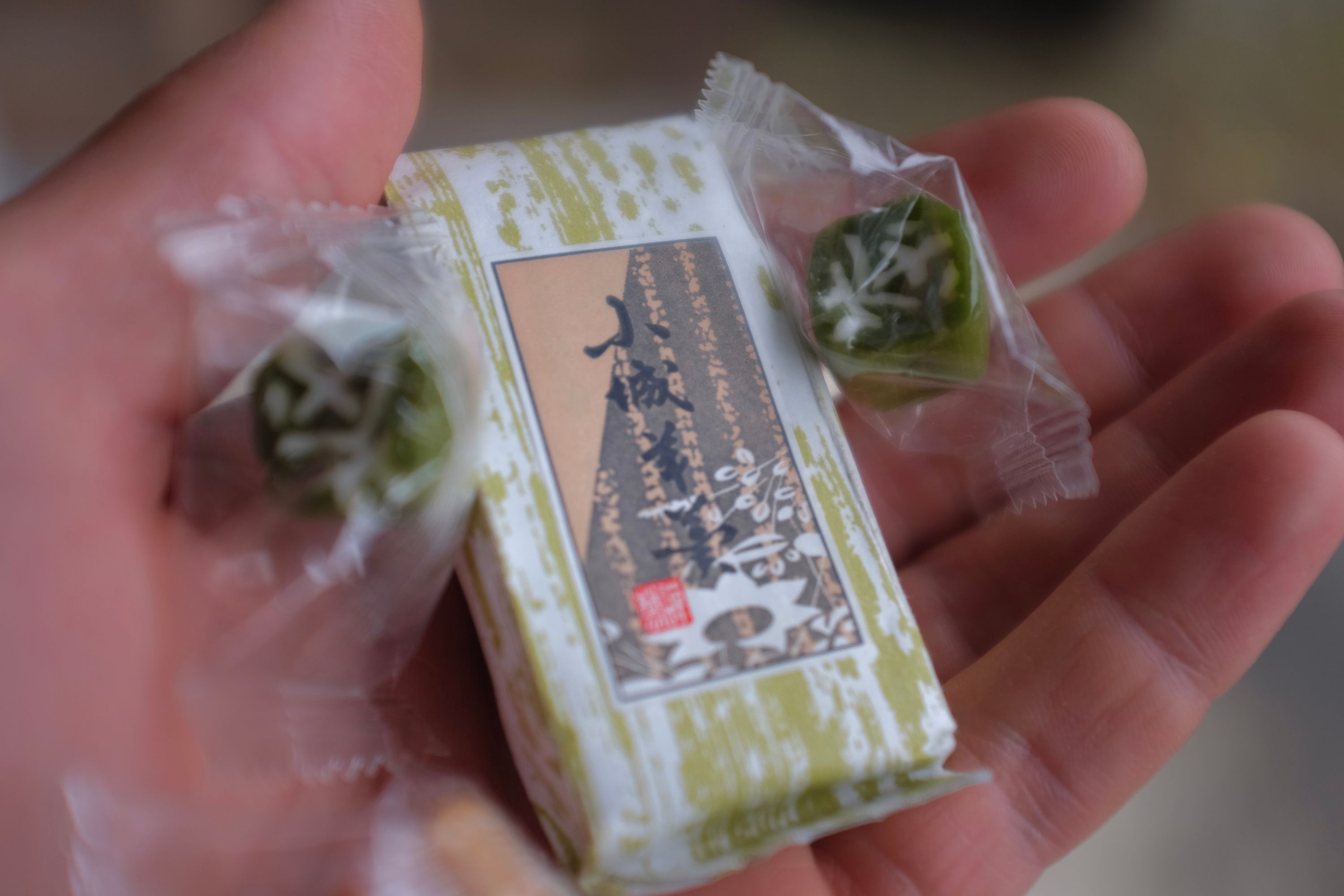

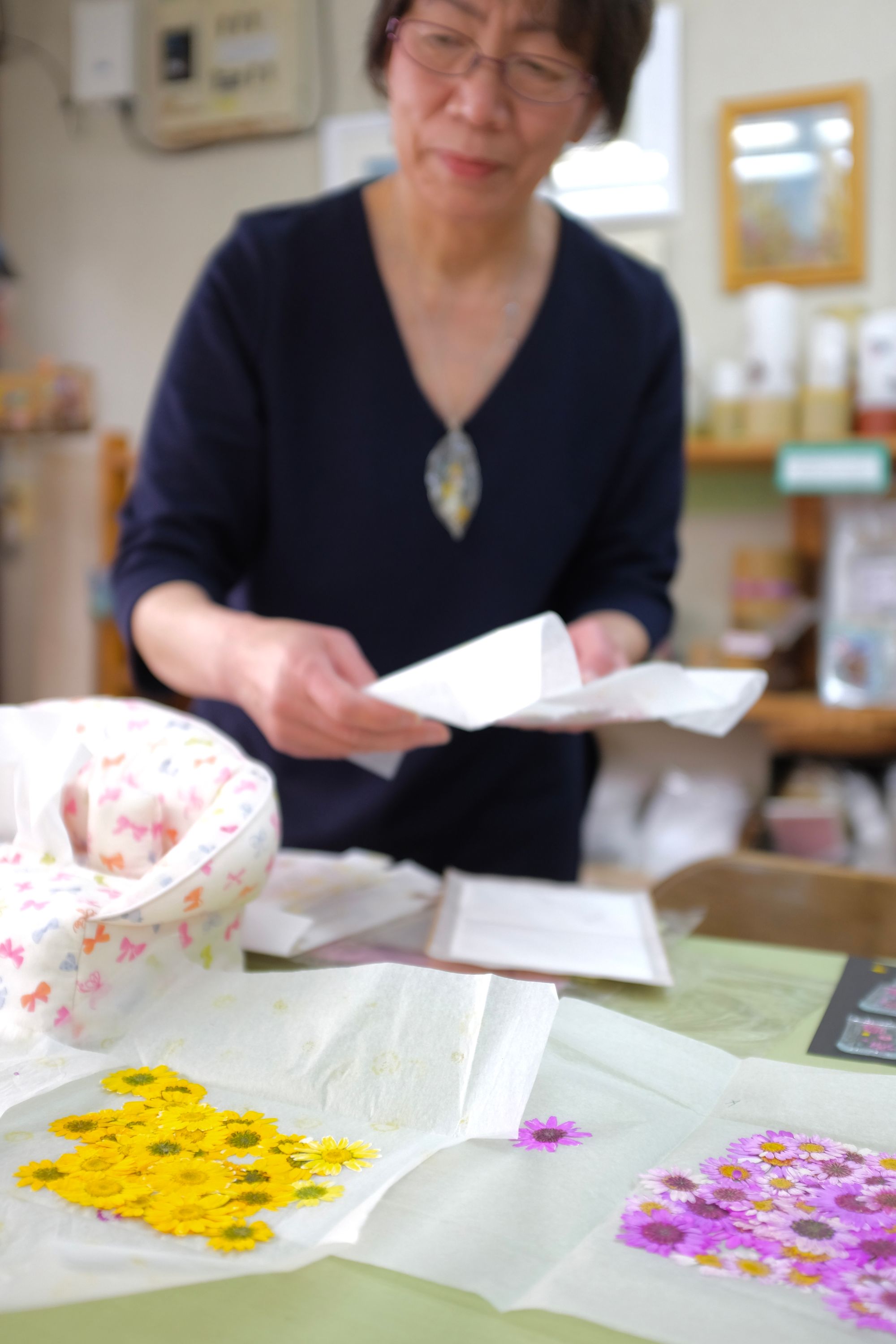
In the black basalt town of Taketa, a place of streams, tunnels, toy trains, old bridges, and excellent fried chicken, Yasumatsu Yuko presses flowers she grows outside her shop. They come in every color, real or make-believe, and they also come with a handful of tea-flavored candy for the road when they’re arranged for the mother of a European vagabond.
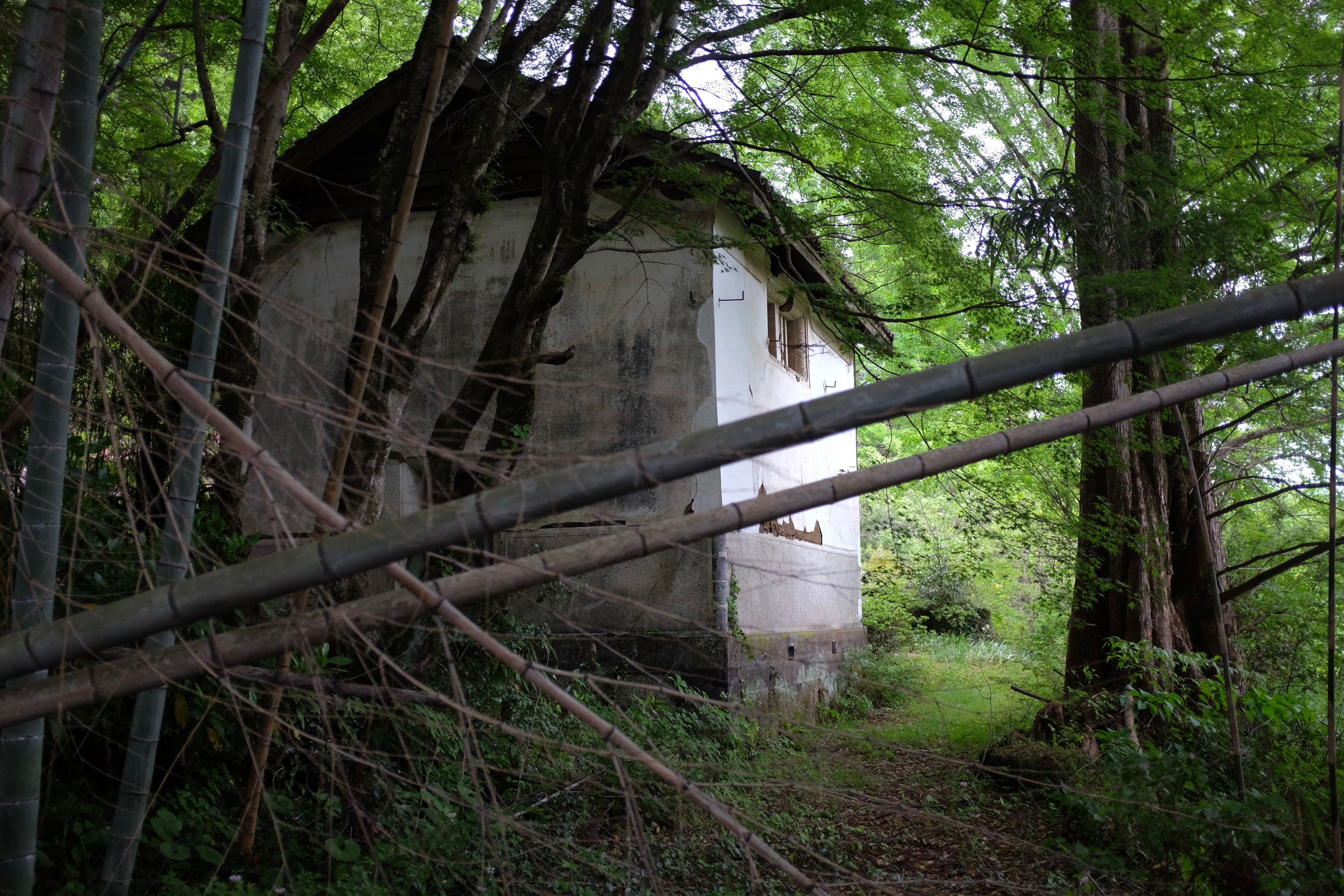

I first noticed these small land crabs two years ago, on the lower slopes of the Kirishima Mountains, but they’re all over the back roads of Kyushu. A few hundred meters above sea level, between rice fields hours from the ocean, or in chilly mountain forests, they make for some peculiar roadkill, which many of them become. This one though, minding its own business on a country road in Ōita until I picked it up, was very much alive.
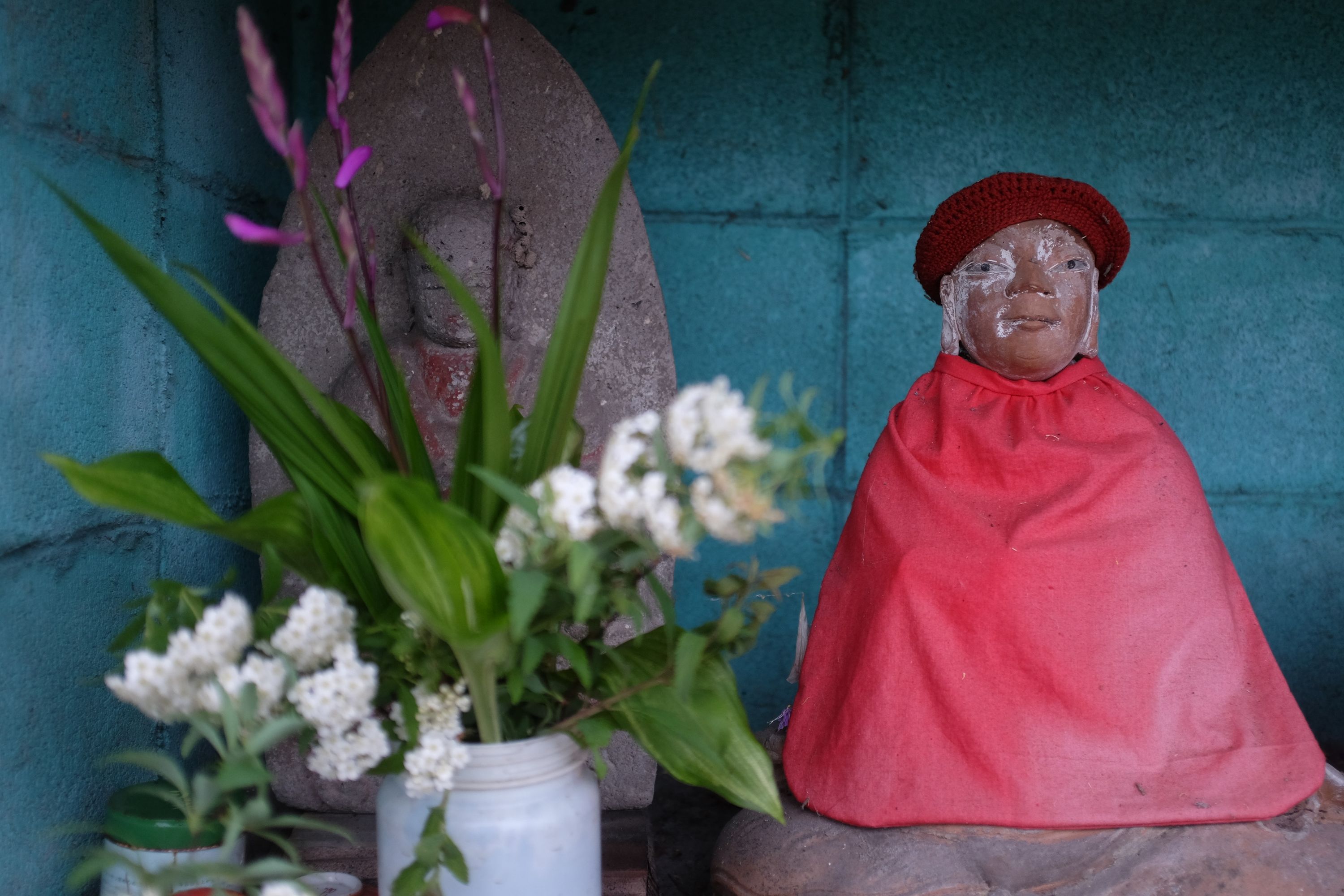

“It’s very expensive, you will have to wait, and it closes at seven,” the woman said when I asked about the hot spring, which had left a tall mound of mineral deposit outside the building. It was 6:50 PM. “But don’t worry about it. It’s my house.”
She lived in a beautiful house in the hot spring village of Nagayu, new, but built with traditional methods, with her sculptor husband and their two daughters, impossibly named Momoko (🍑) and Sakurako (🌸). “Very Japanese names,” she said, and I gave them dried Iranian mulberries.
And when I could go in at last, I found an onsen for one, a private room with a single tub, sweet alkaline mineral water constantly filling it from a spring in their back yard, and I watched the rain from the window, and later, after she had given me a packed dinner and her daughters had waved goodbye in their pyjamas, I walked into the night.

